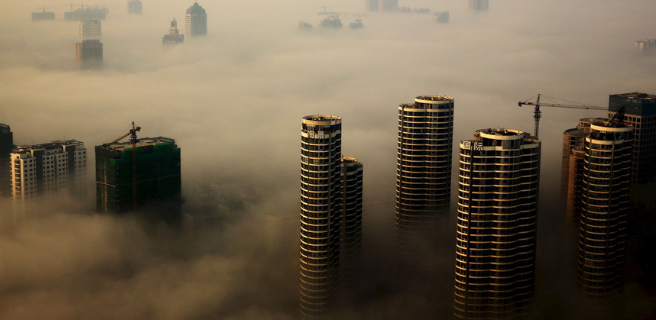Years after downtowns across America emptied out due to COVID, many big American cities continue to struggle.
In San Francisco, which has always had something of a boom-and-bust economy, the office vacancy rate is over 35%. Things are almost as bad in Chicago, where the downtown vacancy rate ticked up to nearly 24% last year.
This is a complicated problem years in the making. If it had an easy solution, we would have found it by now. But local policymakers and business leaders should know that five innovative strategies have found some traction.
- Retail Popups and Residencies
The retail landscape has been evolving for years, first with the decline of traditional department stores and enclosed malls, and later with the rise of online shopping. Fixed downtown storefronts still have a role to play, but with less foot traffic in many cities, retailers need to innovate to keep customers.
Retail popups and residencies — “stores within stores” — offer some relief. Fast-growing companies like xNomad, a project aided by tech exec Lorenzo Bonfiglio, help merchants find physical space to display and sell their products. It’s a win-win for sellers and shoppers alike — and for struggling retail districts too.
- Fewer Fixed Offices, More Flexspace
The high–profile collapse of WeWork was supposed to be a cautionary tale for coworking and flexspace advocates. But this corner of the office sector is actually doing well these days as employers downsize fixed offices and institute permanent hybrid work policies.
Cities can support this trend by reducing red tape for coworking spaces, especially in struggling downtown districts. Workers who enjoy spending time in the office can encourage employers that currently operate all-remotely to try short-term leases for physical space, too.
- More Housing Downtown (Without Building New)
Converting older office buildings to housing is expensive and often requires zoning or building code changes, according to the U.S. Department of Housing and Urban Development. Despite that, it’s often less costly than building high-rise residences from the ground up in cities where land remains expensive. Office buildings built before the 1950s work best because they have more windows and smaller floors.
- Safer, More Frequent Transit
Transit ridership declined during COVID and still hasn’t recovered all its losses. People are more likely to work from home these days and more likely to drive to the office when they do have to come in.
Some believe transportation authorities should reduce service in recognition of this “new normal.” But actually, more frequent transit service that feels safer could encourage hesitant former riders to give it another try. If it brings more people back into half-empty downtowns, better transit service could also help boost property values and local business revenues.
- Designated Entertainment Districts (With Portable Beverages)
What do well-known party destinations like Las Vegas and New Orleans, as well as smaller cities like Fredericksburg, Texas, have in common? They allow people to walk around designated entertainment districts with adult beverages in hand.
Sure, this sounds like a bad idea. But cities big and small see it as a way to encourage more street activity outside the standard 8-to-5 workday, and to support small restaurants and cafes while doing it. It’s no accident that bigger cities with designated entertainment districts tend to have safe, vibrant, walkable street scenes.
Let’s Not Give Up on Our Cities
These strategies won’t magically bring back the golden age of urban living. But the truth is, that golden age never really existed. City life has always been messy.
Our cities are worth supporting, though, and we can all do our part to help.
